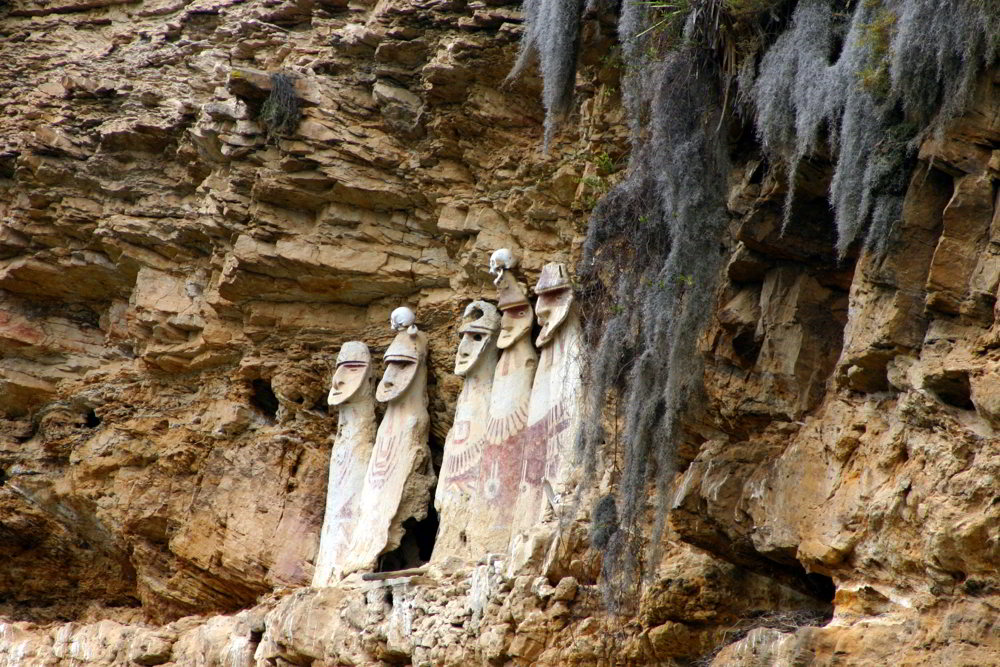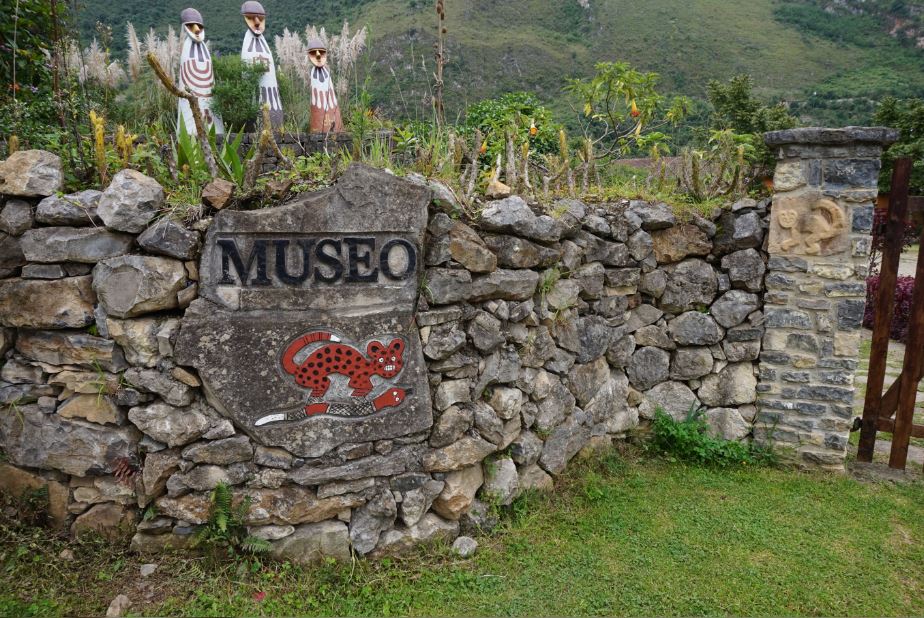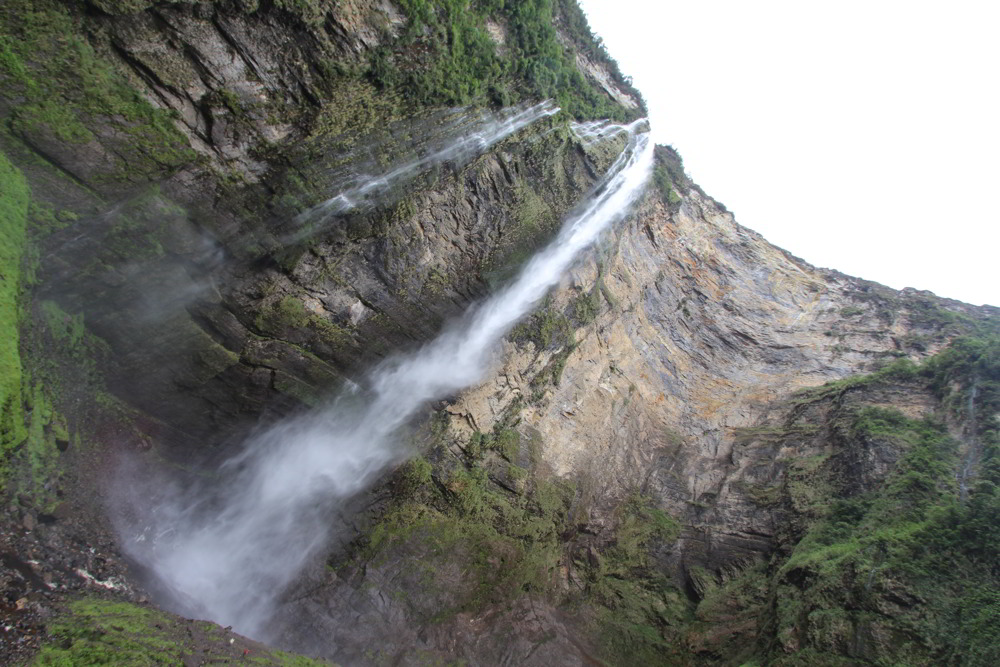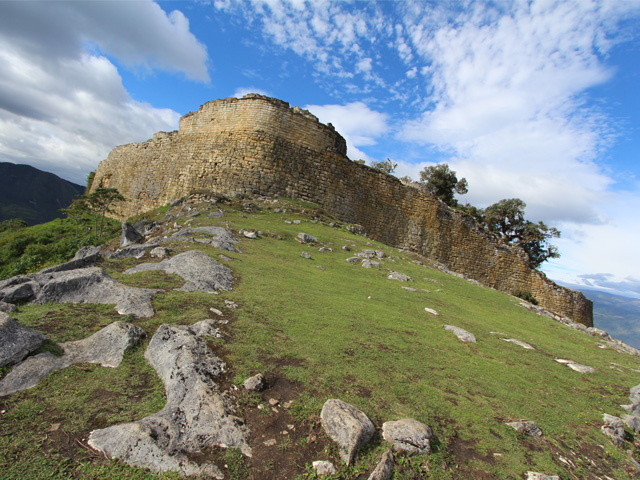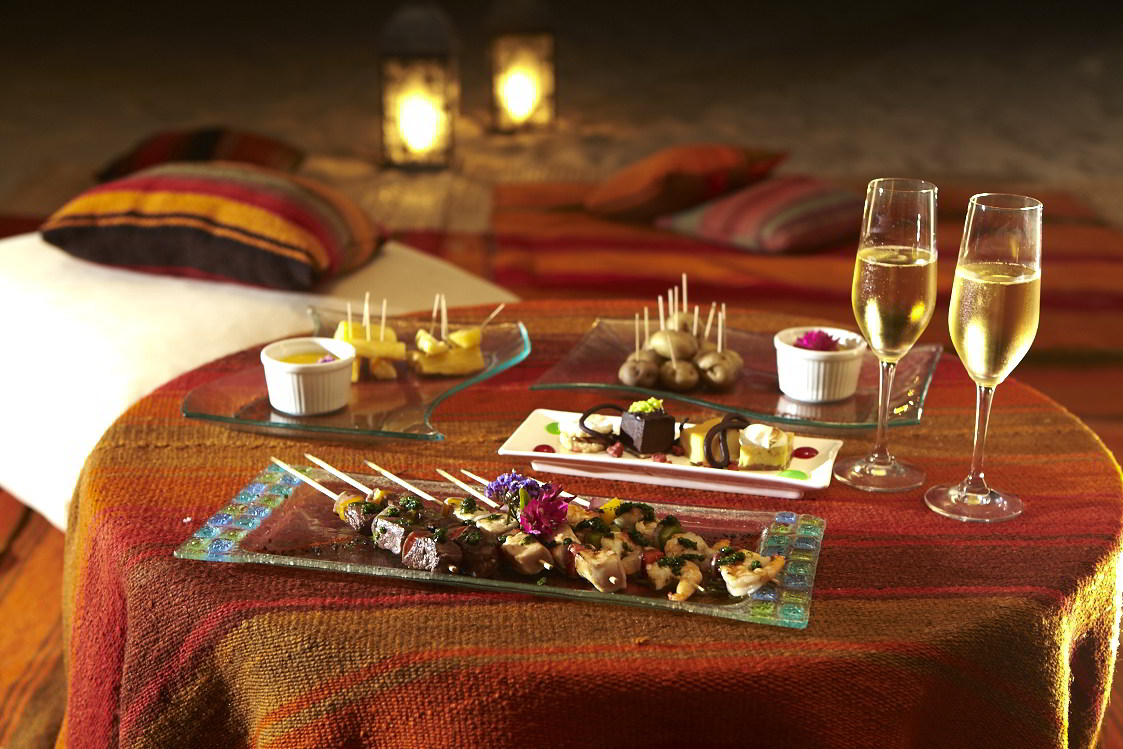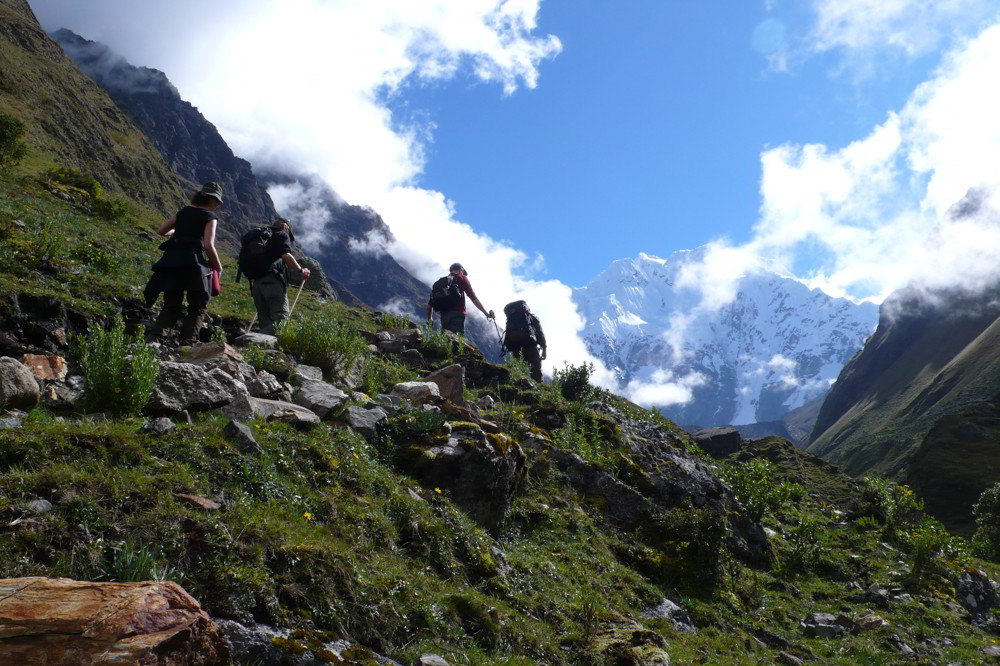The Chachapoyas people buried their important dead in high, difficult to access locations, facing the rising sun or a village, and always close to water. The sarcophagi of Karajía stand proudly on a ledge above a river gorge in the Chachapoyas region – a stunning site in a quiet, unassuming location in Chachapoyas – very easy […]
